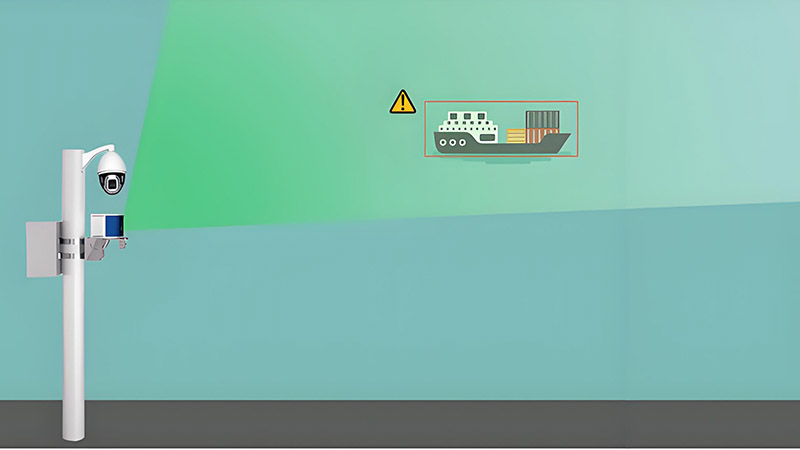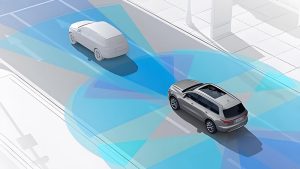Introduction
Coastal monitoring is vital for understanding and managing the complex dynamics of shorelines, including erosion, sediment deposition, and habitat changes. Traditionally, this has been done using aerial surveys or ground-based methods, but these approaches have limitations in terms of resolution and accessibility. Shipborne LiDAR offers a powerful alternative, capable of providing high-resolution data across large areas with ease.

Advantages of Shipborne LiDAR for Coastal Monitoring
One of the main advantages of LiDAR is its ability to capture detailed topographic data in a variety of conditions, including shallow waters and complex coastal environments. Shipborne LiDAR can map the seafloor and coastal areas simultaneously, providing a comprehensive view of both underwater and above-water features. This is particularly useful for monitoring erosion, as it allows for precise measurement of shoreline changes over time.
Case Study: Gulf Coast Erosion Monitoring
In the Gulf Coast, where erosion poses a significant threat to coastal communities, shipborne LiDAR has been used to monitor changes in shoreline position and sediment distribution. By conducting regular surveys, authorities have been able to track erosion patterns, identify areas at risk, and implement protective measures. The high-resolution data has also been used to assess the impact of storms and to guide the restoration of damaged ecosystems.
Conclusion
Shipborne LiDAR is revolutionizing coastal monitoring by providing a level of detail and coverage that was previously unattainable. As the technology continues to advance, it will play an increasingly important role in helping coastal managers and scientists protect and preserve our shorelines.


